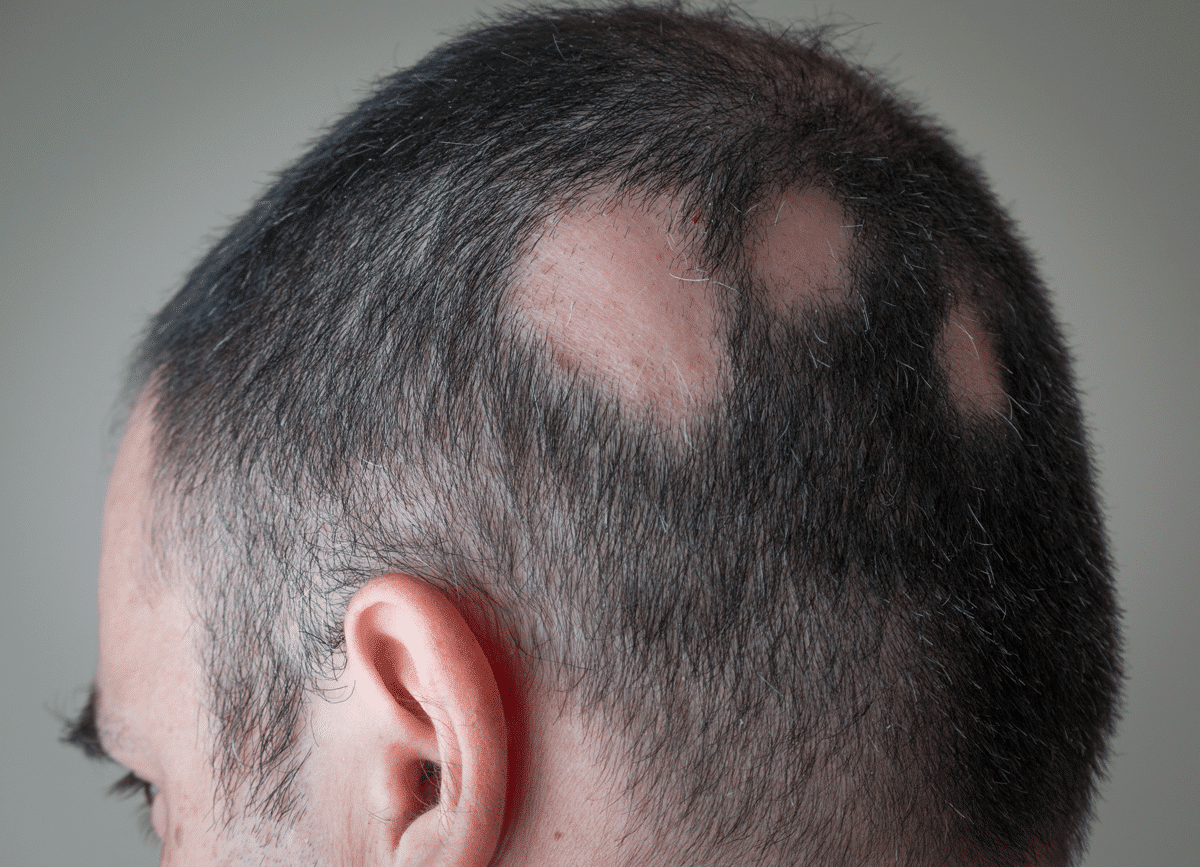
THOUGH NO CURE EXISTS, NONSURGICAL SOLUTIONS OFFER HOPE TO ALOPECIA TOTALS SUFFERERS.
A loss of hair on the head clearly signals a change in appearance. But when hair disappears all over the body, it can be emotionally alarming. This condition is called alopecia universalis.
Functionally, alopecia universalis is an autoimmune response in that hair is rejected by the individual’s immune system. It is considered a skin disease, because it is the visible portions of the hair shaft that are lost, not the roots (follicles) themselves. To a much lesser extent, this same type of loss occurs in patches (known as “alopecia areata”) or a complete loss of hair on the head (scalp, eyebrows, eyelashes and facial hair, called “alopecia totalis”).
Just as with the totalis and areata versions of alopecia, the hair follicles remain alive and some individuals grow their hair back. But there is no treatment that is known to work – regrowth is stimulated from as of yet unknown signals in the body, allowing the hair to somehow overcome the autoimmune response. Cortisone pills or injections may cause regrowth, but only while receiving those treatments (which come with challenging side effects).
Ironically, men and women alike, with typical hair growth patterns have been known to pay thousands of dollars to remove hair from the face and body. Yet, those suffering from this particular condition can suffer a great deal emotionally. While there is no known “cure” for alopecia universals, there are a few good aesthetic solutions, including hair systems, a nonsurgical solution that has so improved over the years, that they provide much hope and comfort to those suffering from all alopecia conditions.